Looking for Maximum Regrowth on a Pasture? Try these Recovery Tips
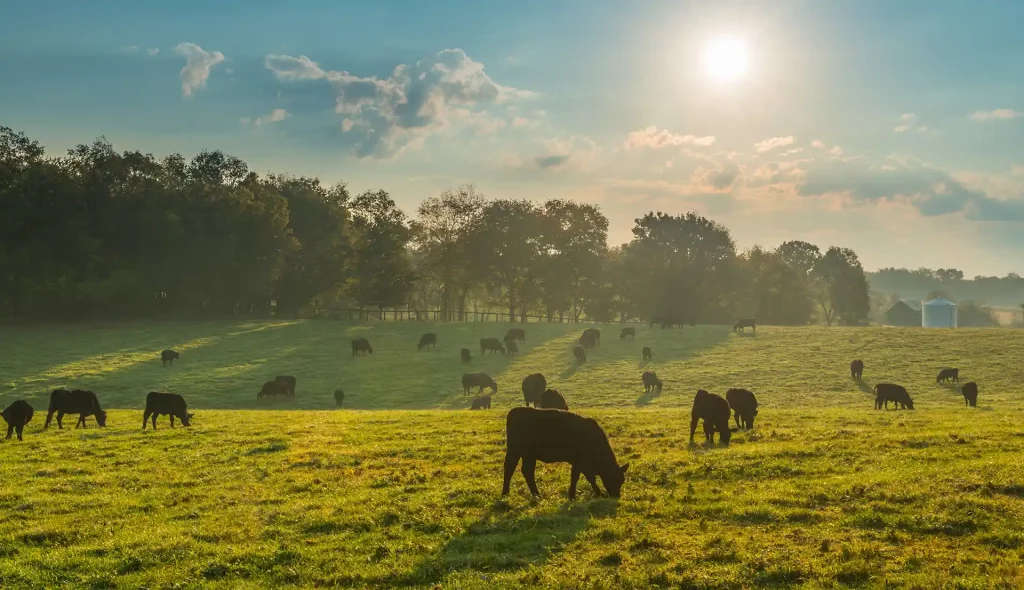
The biggest mistake ranchers make in pasture management is not giving their pastures enough rest, explains Dave Pratt, CEO emeritus of Ranch Management Consultants. A plant’s recovery period must be based on its growth rate. Slower growth means longer rest is needed and vice-versa. But how can a rancher define longer rest? It depends on […]
Antibiotic Residue & Tissue Risk Assessment
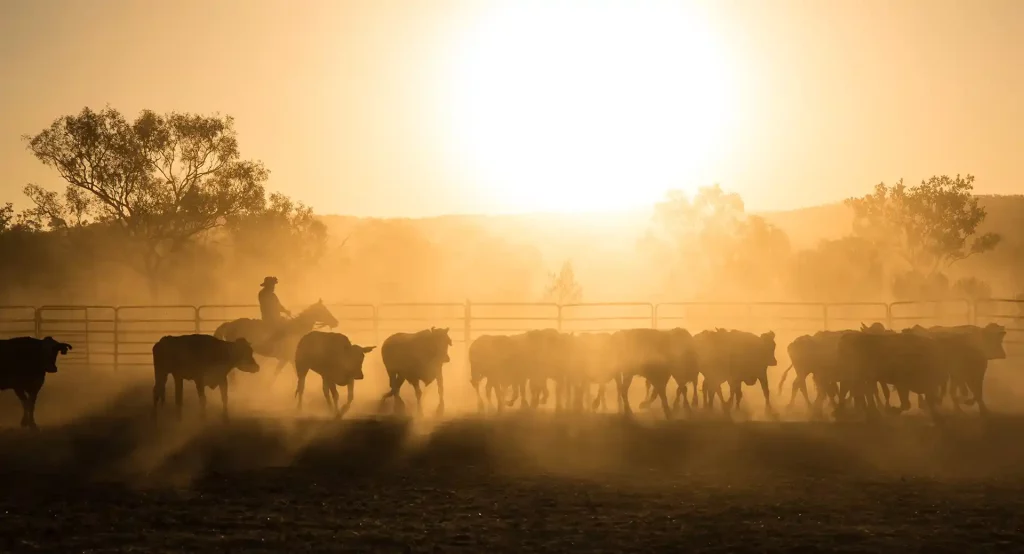
The Beef Quality Assurance (BQA) program for antibiotic stewardship is rooted in a cattleman’s belief of doing the right thing. The judicious use of antibiotic technologies is no exception to the goal of producing high-quality, wholesome and healthy beef. BQA guidelines are designed to make certain all beef consumers can take pride in what they […]
Top Signs That Can Mean an Animal is Sick
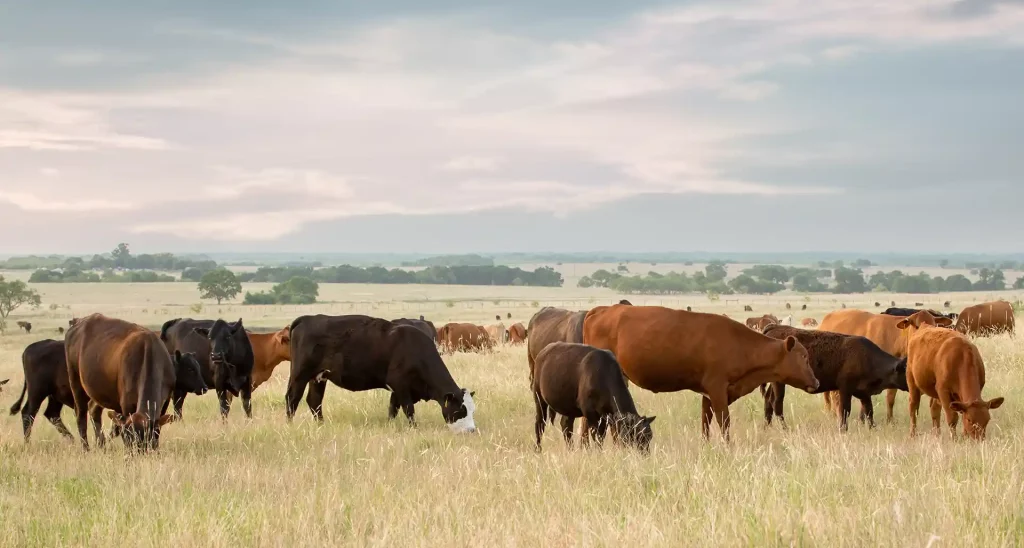
Ranchers can’t always tell if they have a sick animal in their herd. That’s because, as prey animals, they don’t want predators to know they’re sick, so they’ve become pretty good at masking symptoms. That means you have to know what normal looks like so you can watch for small differences in behavior. Luckily, there […]
The Code of Cattle Care
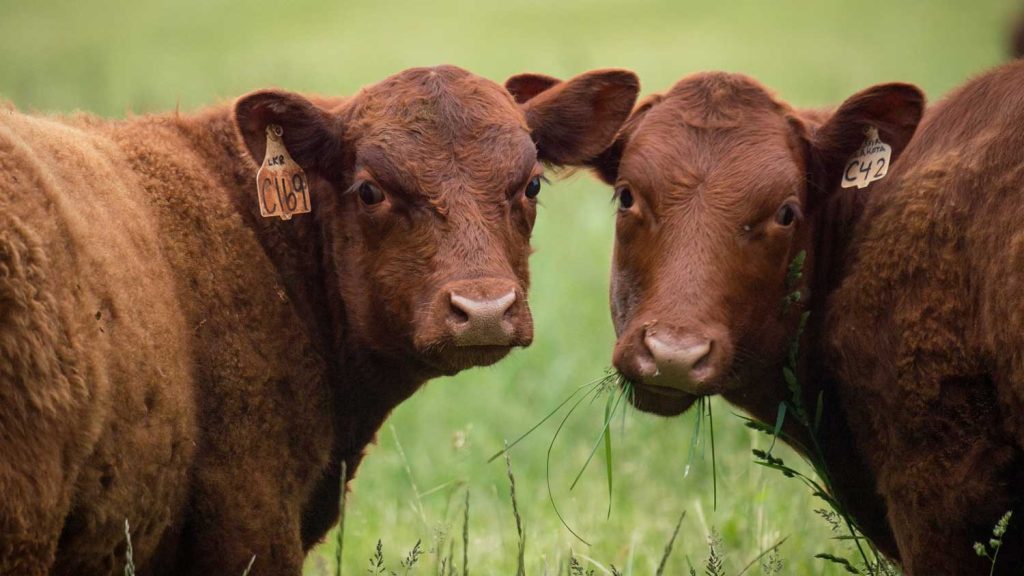
Beef cattle producers take pride in their responsibility to provide proper care to cattle. Beef Quality Assurance (BQA) is a program that trains farmers and ranchers on best practice cattle management techniques to ensure their animals and the environment are cared for within a standard set of guidelines across the U.S. beef industry. This Code of […]
Purpose and Components of Beef Cattle Handling Facilities
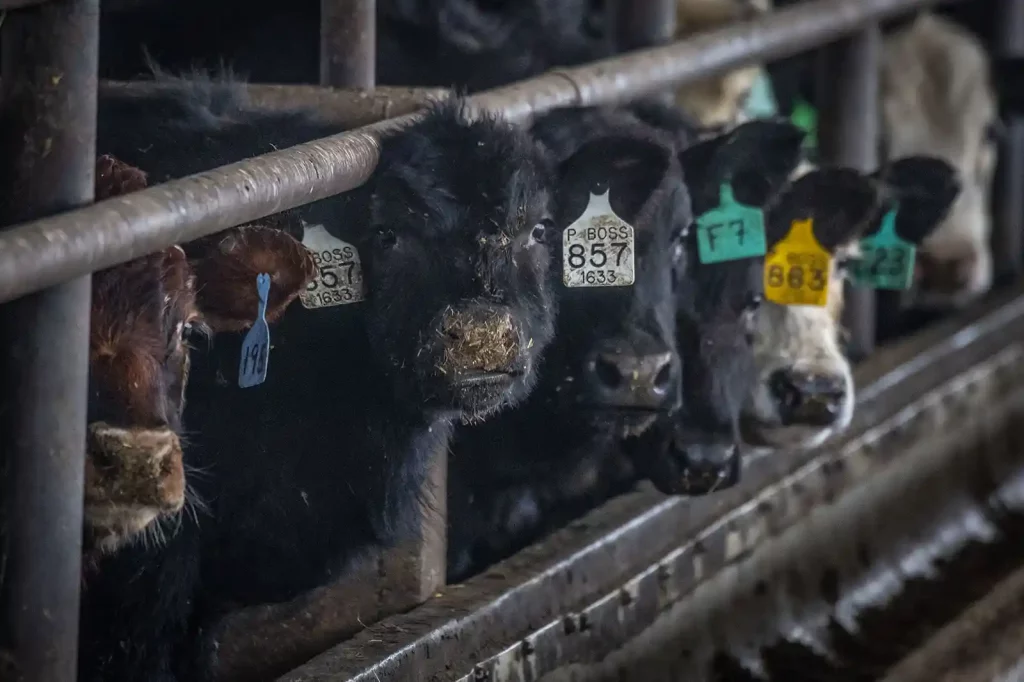
Good cattle handling facilities are necessary for all cattle operations, regardless of the number of cattle. Cattle handling facilities have multiple uses: There are several important issues to consider when developing new or renovating existing animal handling facilities, according to the Mississippi State University Extension. The most important consideration is the intended uses or objectives. […]
How to Use Antibiotics Judiciously on Your Ranch
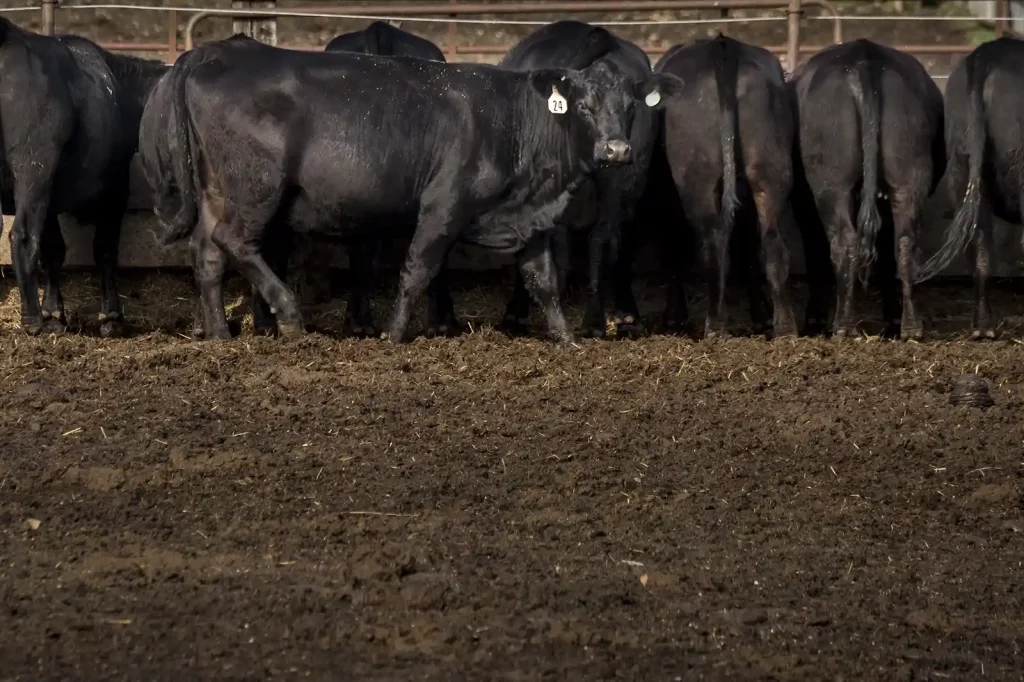
The Beef Quality Assurance Program (BQA) provides 14 Guidelines for the Judicious Use of Antibiotics. Get a framework for decision making here. Ranchers can find more information on these guidelines in the BQA Antibiotics Stewardship for Beef Producers Guidebook, according to the U.S. Roundtable for Sustainable Beef. Download the 14 Guidelines For Antibiotic Use to […]
Beef Cattle Handling Facility Design and Construction Considerations
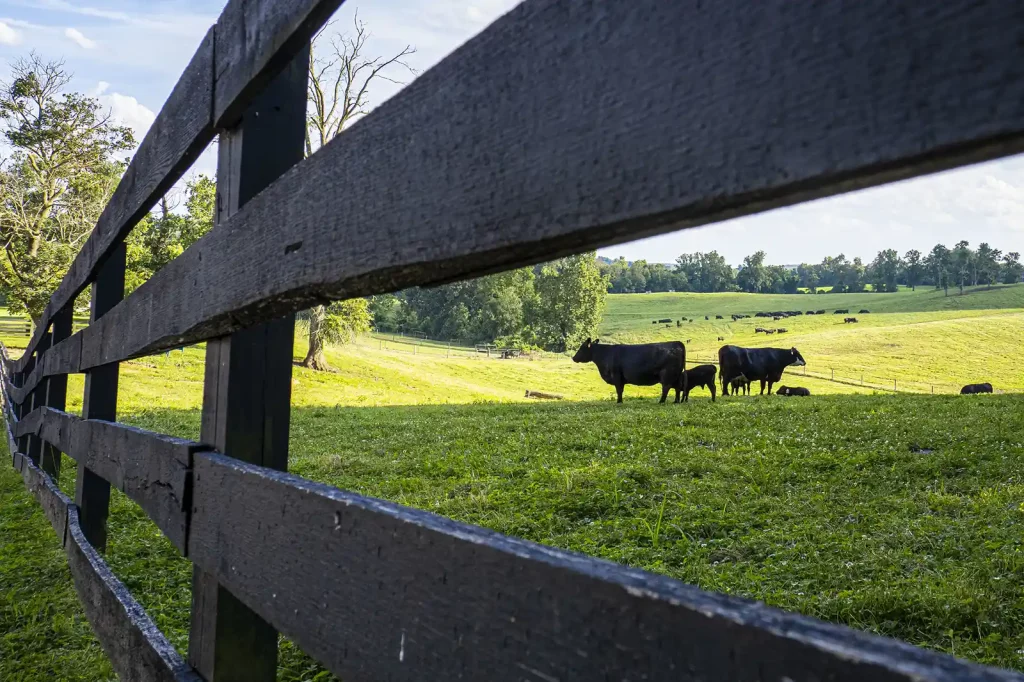
When evaluating or building infrastructure, ranchers have a lot of considerations, including site drainage, proximity to neighbors (for courtesy and privacy reasons), proximity to utilities, ease of access by vehicles and from pastures, and amount of acreage and cattle capacity they serve. In some situations, ranchers may need multiple cattle handling sites on one operation […]
Cattle Record Keeping Best Practices
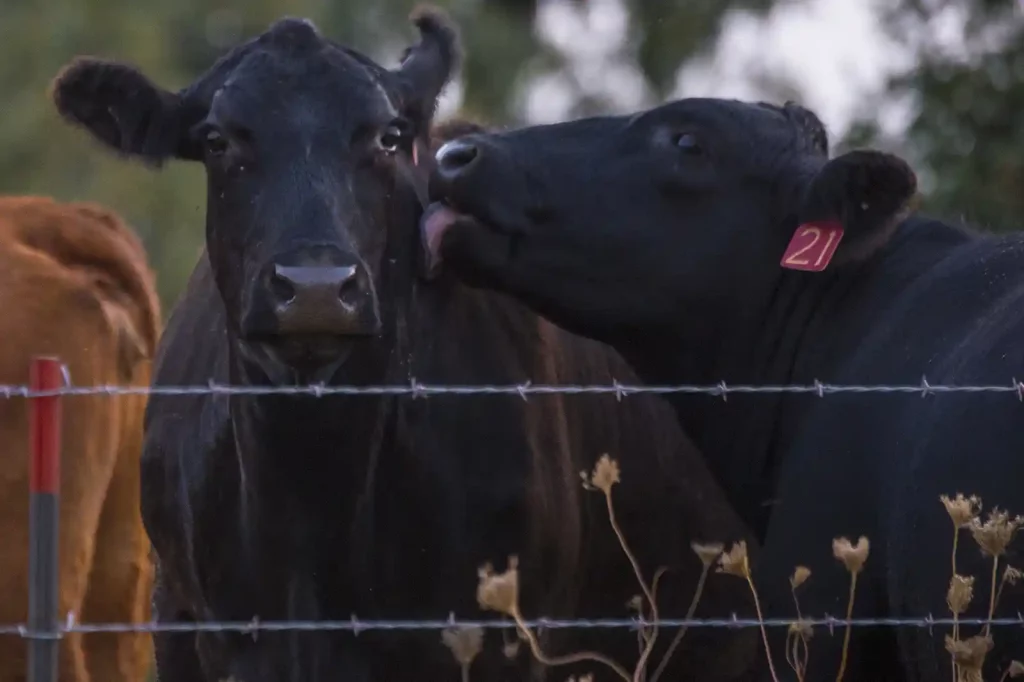
Record keeping is a key element of Beef Quality Assurance and a good business practice in general. A quality record keeping system is one that cattle raisers are comfortable using and that maintains accurate, thorough and timely production records. Follow these record-keeping best practices. Cattle Identification Cattle identification and its associated contributions to quality record […]
Establishing a Veterinary-Client-Patient Relationship For Disease Prevention
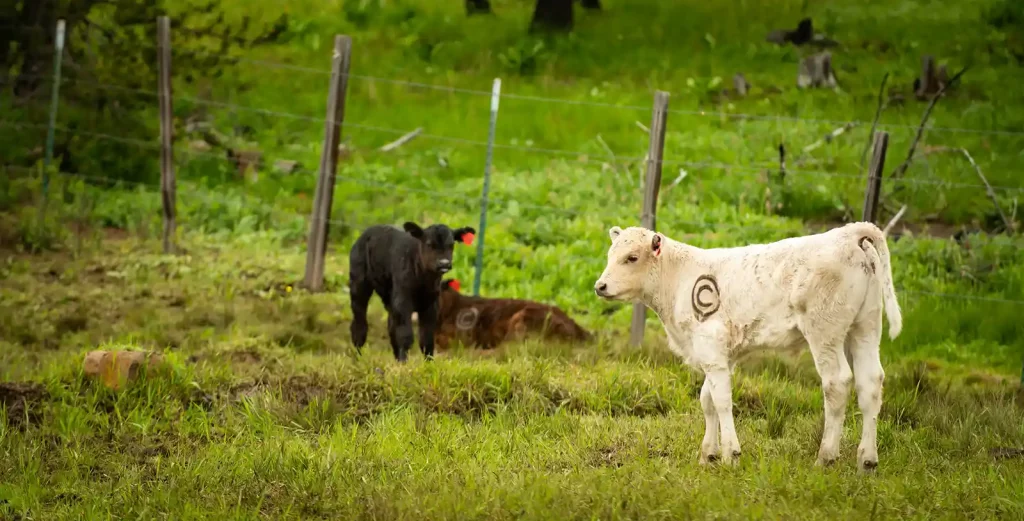
Ranchers want to stay ahead of any potential diseases or animal health issues, and a veterinary-client-patient relationship (VCPR) helps specify the responsibilities of the producer and veterinarian, as well as to meet legal obligations for some antibiotics and medications that might be needed should an animal become ill. A valid VCPR requires the following: Remember, […]